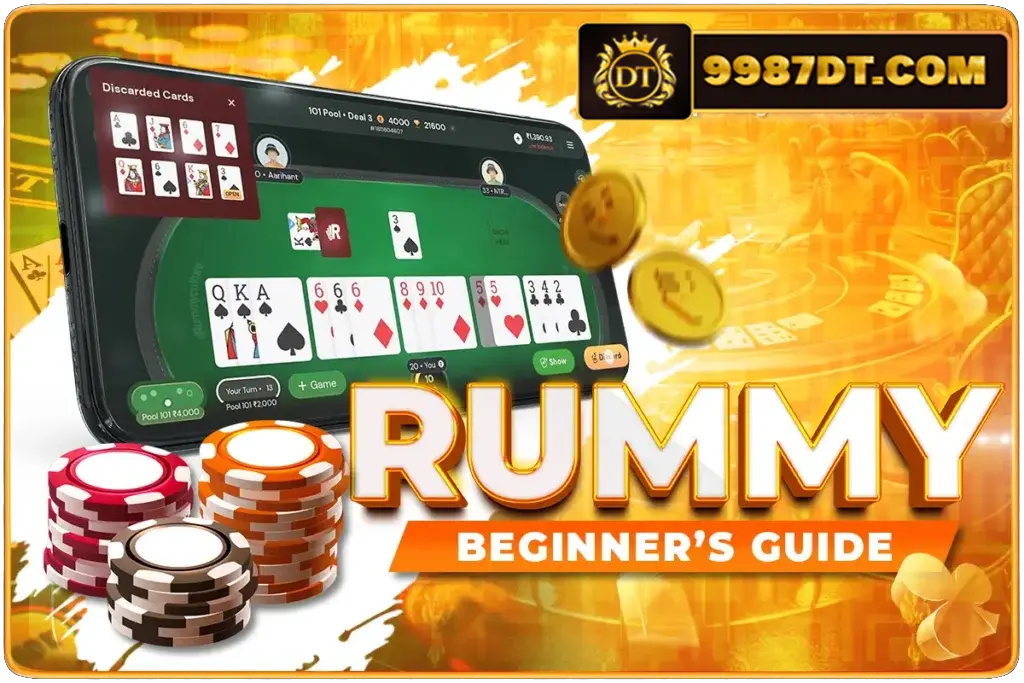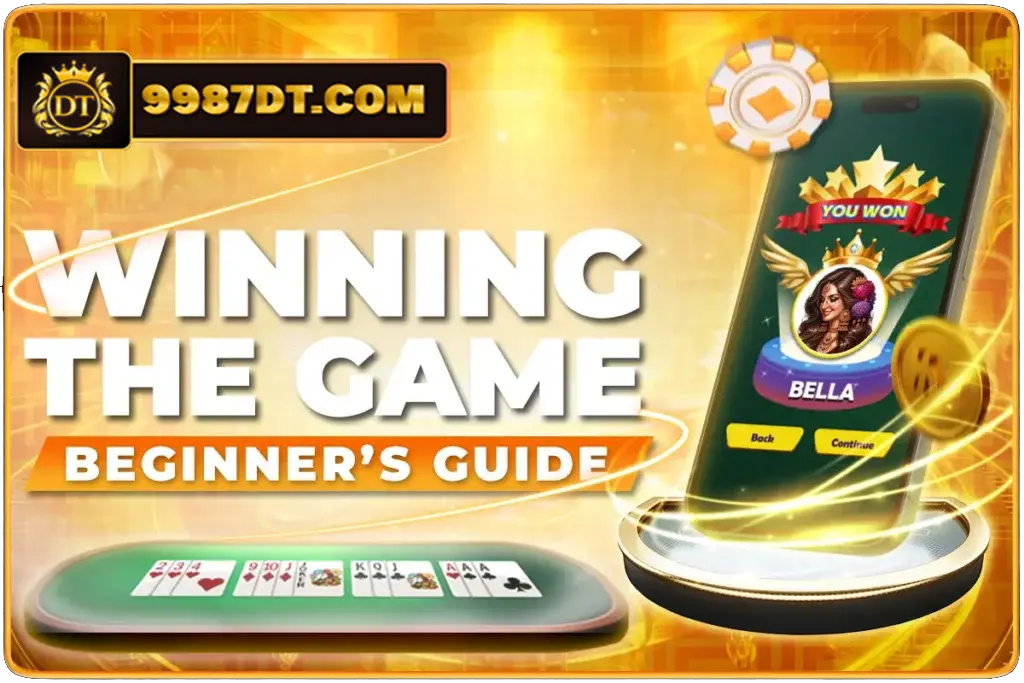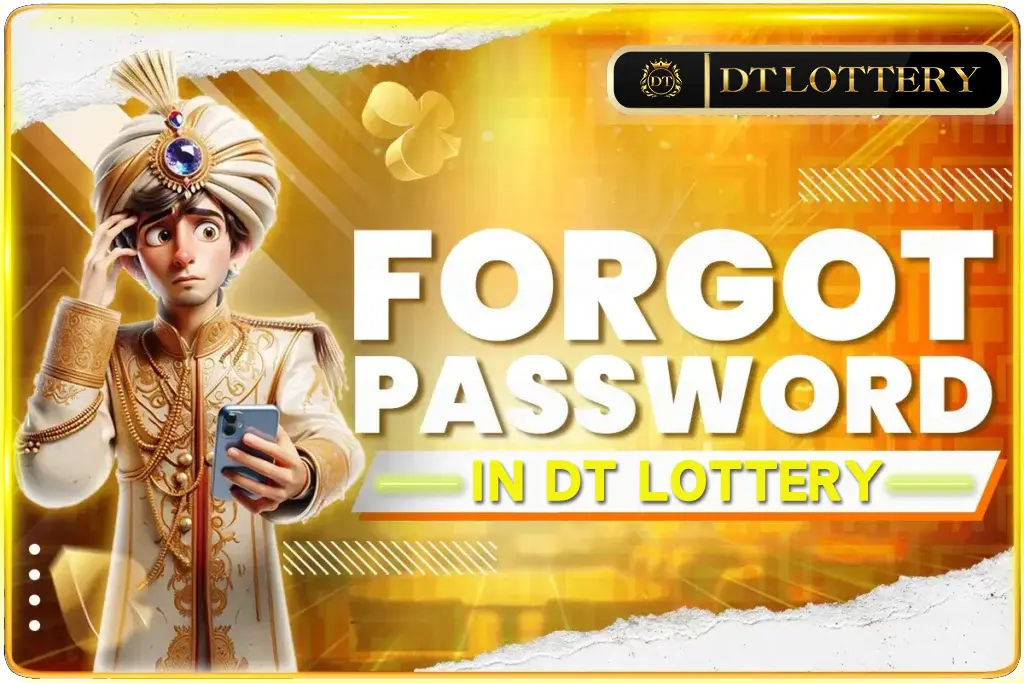Learn How to Play Rummy: A Beginner’s Guide | DT Games
Rummy is a classic card game enjoyed by people of all ages. It’s a challenging and strategic game that can be learned relatively quickly. Whether you’re looking for a new game night activity or want to learn a new skill, Rummy is a great choice.

What is Rummy DT Games?
Rummy is a family of card games that involve creating sets and runs of cards. These sets can be groups of three or four cards of the same rank (e.g., three Queens or four Eights) and runs can be consecutive cards of the same suit (e.g., 5, 6, and 7 of Spades). The specific rules and variations of Rummy can differ, but the core gameplay remains the same: players strive to meld their cards into sets and runs while accumulating points and being the first to discard their entire hand.
Rummy comes in various forms, with popular versions including Gin Rummy, 500 Rummy, and Rummikub. Each variation has its own set of rules and scoring system, but the basic principles of melding and discarding remain central.
The Objective of Rummy | DT Games
The ultimate goal of Rummy is to be the first player to discard all the cards in your hand by creating valid melds (sets and runs) and strategically discarding unwanted cards. You can achieve this by:
- Forming Melds: Combine cards into sets (three or four cards of the same rank) or runs (consecutive cards of the same suit).
- Laying Off: Add cards to existing melds already displayed on the table by other players (with their permission).
- Discarding: At the end of your turn, discard one card face-up to a discard pile in the center.
By efficiently combining these actions, you steadily reduce your hand size and inch closer to winning. Remember, remaining cards in your hand at the end of the round will be counted against you, so the key is to strategically meld and discard to become the first player with an empty hand.
Setting Up the Game: Players, Cards, and Dealing
Before diving into the exciting world of Rummy gameplay, let’s get things set up! Here’s what you’ll need:
Players: Rummy can be enjoyed by 2 to 4 players.
Cards: You’ll need one or two standard decks of cards (52 cards each), excluding Jokers.
Dealing:
- Decide on the dealer, who can be chosen randomly or take turns throughout the game.
- Shuffle the deck(s) thoroughly.
- Deal cards face down to each player based on the number of players:
- 2 players: 10 cards each
- 3-4 players: 7 cards each
- 5-6 players: 6 cards each
- Place the remaining deck face down in the center of the table. This forms the stock.
- Flip the top card of the stock face up next to the deck. This becomes the discard pile.
Ready to play! The player to the left of the dealer starts the first round.
Taking Turns and Drawing Cards
Now that the game is set up, let’s dive into the core gameplay! Each round of Rummy follows a specific turn structure:
1. Draw a Card: On your turn, you have the option to draw one card either from the top of the stock (face-down deck) or from the top of the discard pile (face-up pile).
2. Meld Cards (Optional): After drawing, you can attempt to form valid melds (sets or runs) using the cards in your hand. You can create new melds on the table or add cards to existing melds already displayed by other players (with their permission).
3. Discard a Card (Mandatory): At the end of your turn, you must discard one card face-up onto the top of the discard pile. This is crucial, as other players might find your discarded card useful for their melds. However, you cannot discard the same card you just drew from the discard pile on your current turn.
4. End of Turn: After discarding, your turn ends, and the gameplay proceeds clockwise to the next player.
Remember:
- You are not obligated to meld cards on your turn, but the goal is to eventually meld all your cards to win.
- Think strategically about which card to discard, considering its potential usefulness to yourself and your opponents.
By following these steps and observing the gameplay flow, you’ll be taking turns and drawing cards like a pro in no time!
Melding Cards: Sets and Runs
Creating melds is the heart of Rummy! These melds help you reduce your hand size and pave the way for victory. Here’s what you need to know about forming valid melds:
Types of Melds:
- Sets: These consist of three or four cards of the same rank but different suits (e.g., three Queens – one of Spades, one of Hearts, and one of Diamonds).
- Runs: These are comprised of consecutive cards of the same suit (e.g., 5, 6, and 7 of Clubs).
Creating Melds:
- You can place new melds on the table face-up during your turn. Ensure they adhere to the set or run requirements mentioned above.
- Laying Off: You can also add cards to existing melds already displayed on the table by other players with their permission. This allows you to utilize cards in your hand that complement existing melds and potentially contribute to another player’s progress while strategically reducing your own hand size.
Important Note:
- Minimum meld requirement: While you can meld cards throughout the game, there’s a minimum meld requirement to “go out” (win the round). This typically involves having at least one meld with a specific number of cards, often two or three. Refer to the specific Rummy variation you’re playing to confirm the exact minimum meld requirement.
By mastering the art of melding sets and runs, you’ll be well on your way to strategically reducing your hand and emerging victorious in your Rummy games!
Discarding and Picking Up from the Discard Pile
The discard pile plays a crucial role in Rummy, offering both opportunities and strategic challenges. Here’s what you need to know about utilizing the discard pile effectively:
Discarding:
- As mentioned earlier, you must discard one card face-up onto the top of the discard pile at the end of your turn. This adds a dynamic element to the game, as other players can potentially use your discarded card to their advantage.
Picking Up from the Discard Pile:
- Unlike drawing from the stock, you have the option to pick up the top card from the discard pile instead of drawing from the stock during your turn. This can be beneficial if the discarded card complements your existing melds or helps you form new ones.
- However, there’s a catch: You cannot discard the same card you just picked up from the discard pile in the same turn. This prevents immediate “”recycling”” of discarded cards and adds a layer of strategic decision-making.
Utilizing the Discard Pile Strategically:
- Observe what cards your opponents discard. This can give you valuable insights into their potential melds and strategies, allowing you to plan your discards and draws accordingly.
- Think carefully before discarding a card. Consider whether it might be beneficial to someone else or hinder their progress.
Remember, the discard pile is a double-edged sword. Use it wisely to your advantage while remaining cautious about the potential benefits it might offer your opponents.

Winning the Game | DT Games
The ultimate goal in Rummy is to be the first player to discard your entire hand by creating valid melds (sets and runs) and strategically discarding unwanted cards. Once a player achieves this, the round ends, and points are calculated.
Scoring:
- Remaining cards: Each player receives penalty points for the remaining cards in their hand at the end of the round. The value of each card corresponds to its face value (e.g., 2 points for a Two, 10 points for a Jack/Queen/King, and 1 point for an Ace).
- Special cases: Some Rummy variations might have different scoring rules for specific situations, such as “going Rummy” (winning by discarding your entire hand in one turn without previously melding any cards).
Winning the Game:
- The player with the lowest score after a predetermined number of rounds is declared the winner. Alternatively, the game can continue until a player reaches a specific point threshold, signifying their victory.
Additional Notes:
- In some Rummy variations, players can “call Rummy” when their hand reaches a specific low point value. This announces their intention to go out soon and puts pressure on other players to finish their melds.
- Familiarize yourself with the specific scoring system used in the Rummy variation you’re playing to understand how points are calculated and determine the winner accurately.
By mastering the core gameplay mechanics, strategically discarding and picking up cards, and efficiently creating melds, you’ll be well on your way to becoming a Rummy champion!
Tips and Strategies for Beginners | DT Games
Now that you’ve grasped the fundamental rules of Rummy, here are some valuable tips and strategies to elevate your gameplay and impress your fellow players:
1. Prioritize Melding: Focus on creating melds (sets and runs) as soon as possible. Remember, the ultimate goal is to discard your entire hand, and melds are the key to achieving this.
2. Observe and Analyze: Pay close attention to the cards being discarded and the melds formed by other players. This helps you understand their strategies and predict their potential moves, allowing you to plan your discards and draws accordingly.
3. Discard Strategically: Don’t just discard any random card. Consider the potential benefits it might offer your opponents and how it could hinder their progress. Aim to discard cards that are unlikely to be valuable to others and might even disrupt their melds.
4. Be Flexible: While having a plan is essential, be adaptable and adjust your strategy based on the cards you draw and the evolving game situation. Don’t be afraid to change course if necessary.
5. Start Small: If you’re a complete beginner, consider playing with a smaller number of cards initially. This allows you to grasp the core mechanics without feeling overwhelmed by a large hand size.
6. Practice Makes Perfect: The more you play, the better you’ll become at Rummy. Don’t be discouraged by initial losses; use them as learning experiences and opportunities to refine your skills.
7. Explore Variations: Once you’re comfortable with the basics, explore different Rummy variations to experience diverse gameplay styles and challenges.
By following these tips and practicing regularly, you’ll be well on your way to becoming a confident and skilled Rummy player, ready to take on any challenge!
Also Read : Rummy Tips and Tricks that Every Indian Must Know
Conclusion: Unleash Your Inner Rummy Master!
Congratulations! You’ve taken a significant step towards mastering the exciting world of Rummy. This guide has equipped you with the fundamental knowledge of the game, from setting up and dealing cards to creating melds, strategically discarding, and understanding winning conditions.
Remember, mastering Rummy requires not only knowledge but also practice and strategic thinking. Implement the tips and strategies mentioned above, don’t hesitate to adapt your approach based on the game situation, and most importantly, have fun! As you play more, you’ll refine your skills, develop your own strategies, and become a formidable Rummy player.
So, gather your friends, shuffle the deck, and get ready to experience the thrill and challenge of Rummy! Good luck and happy playing!








